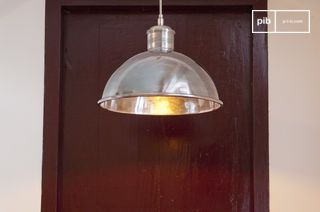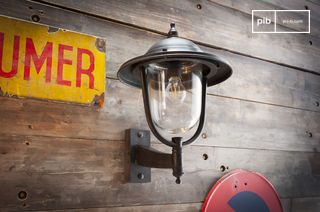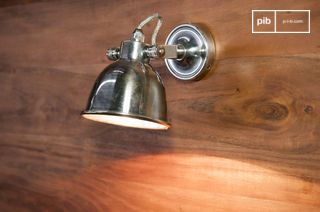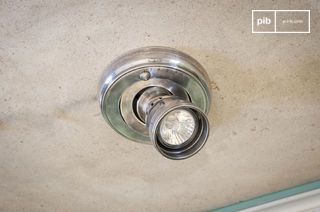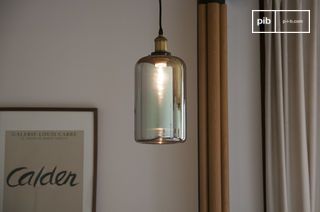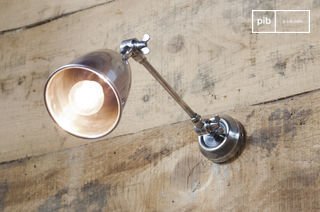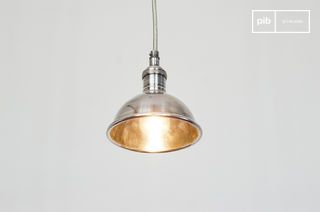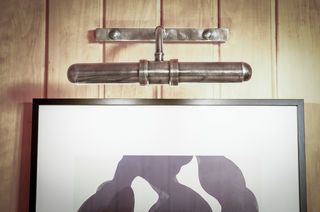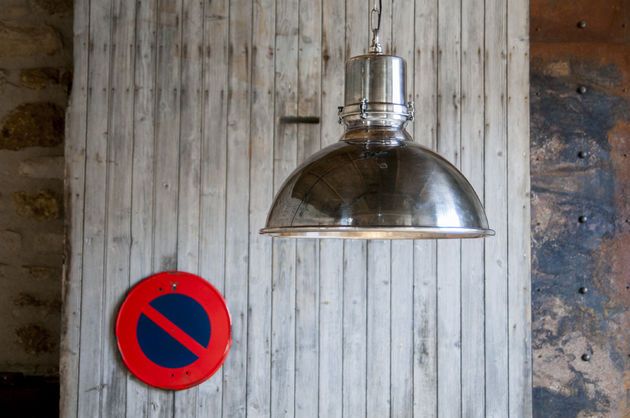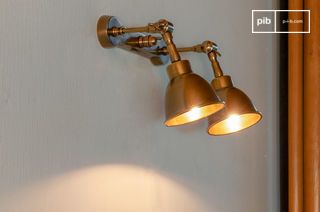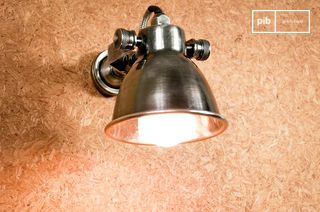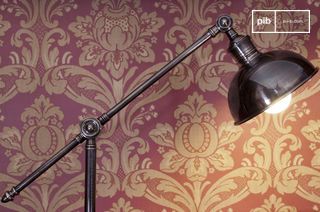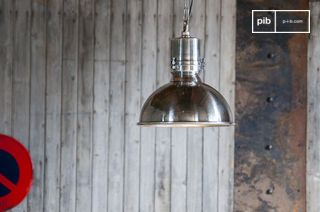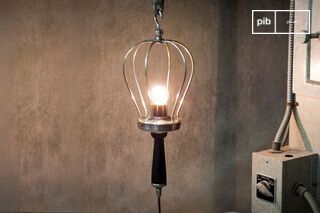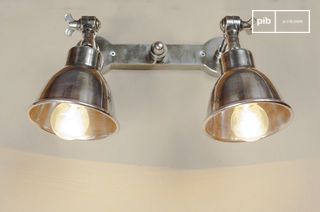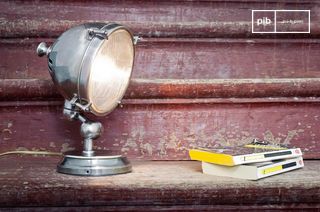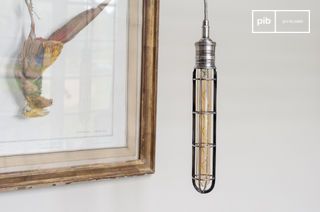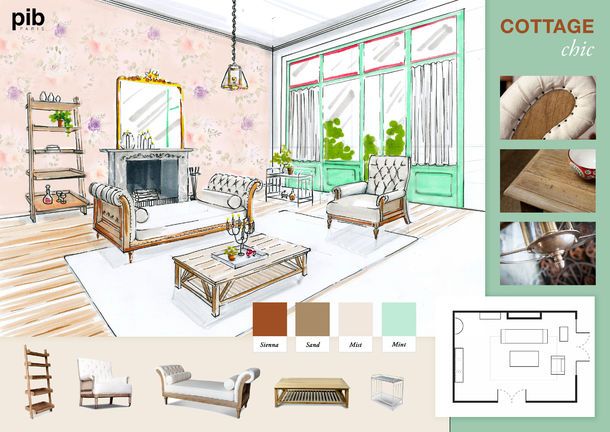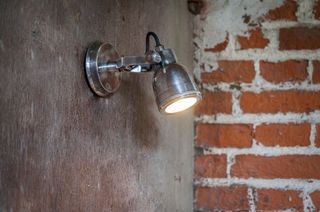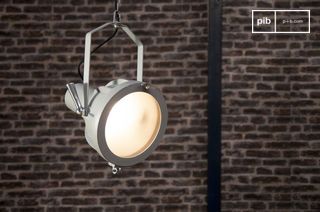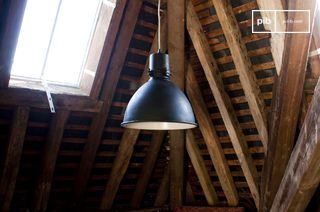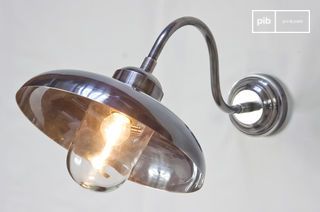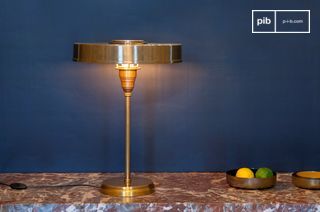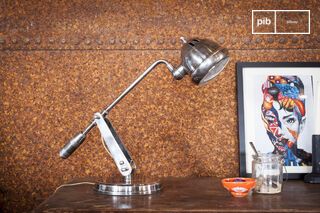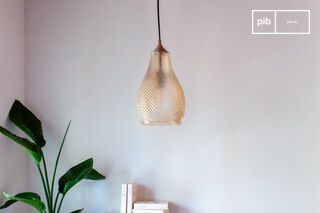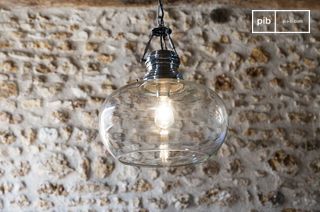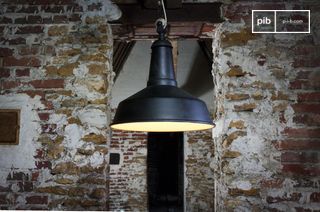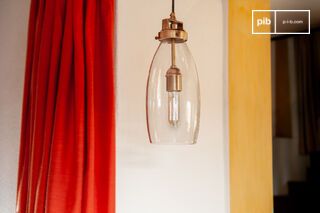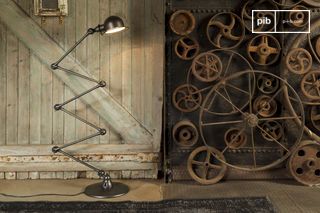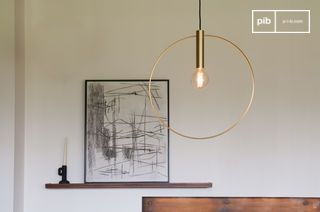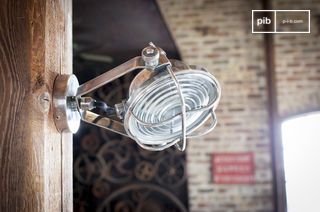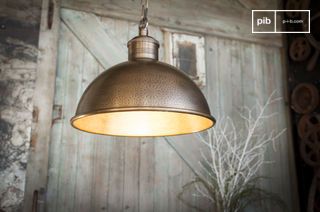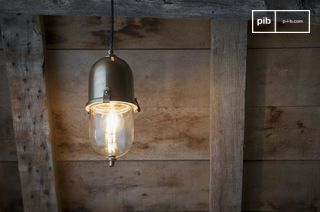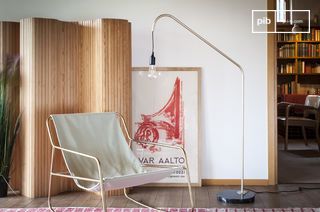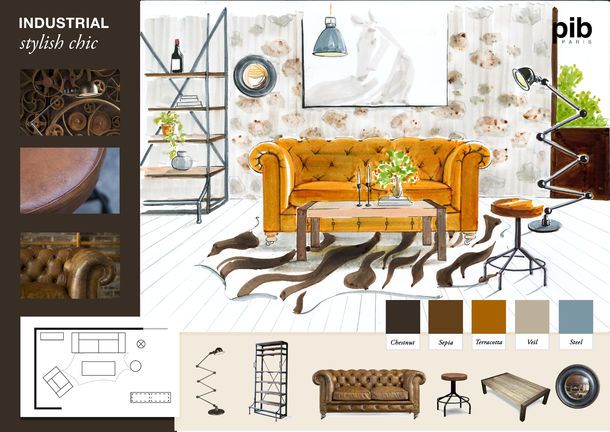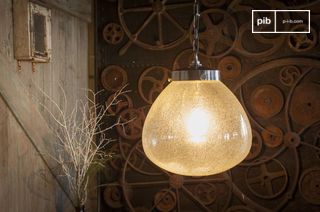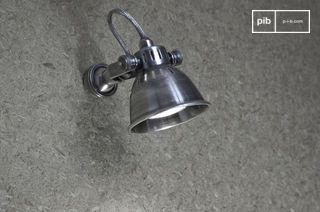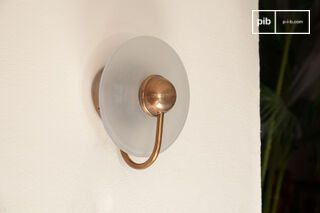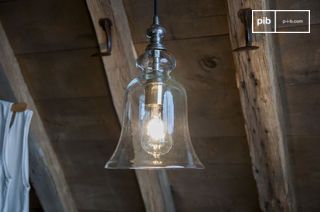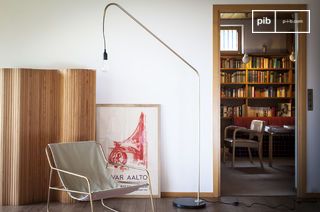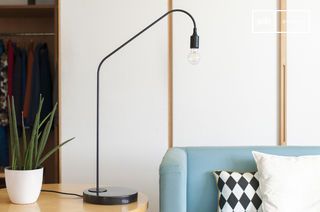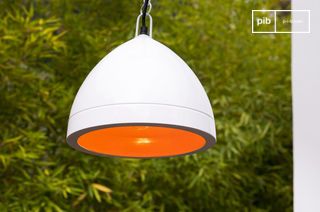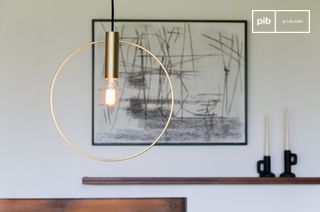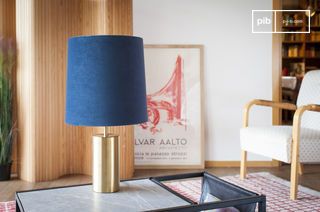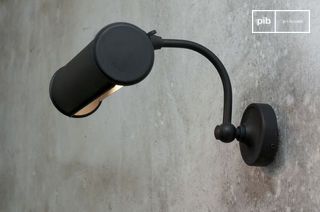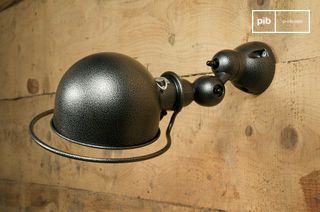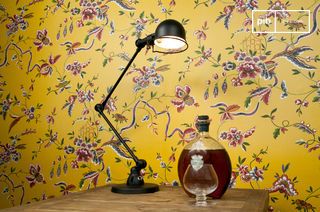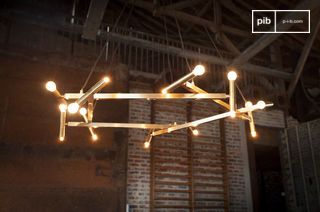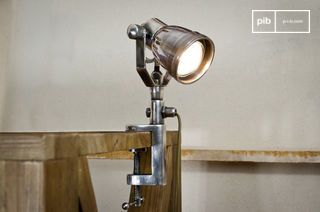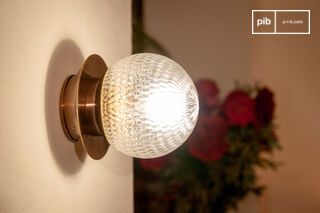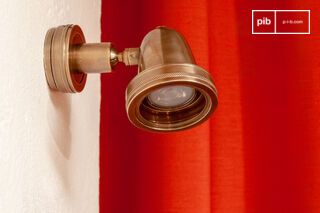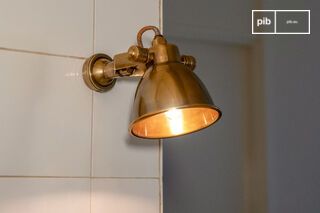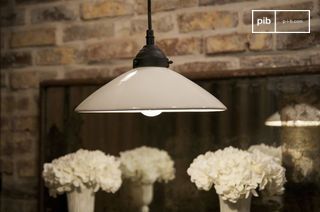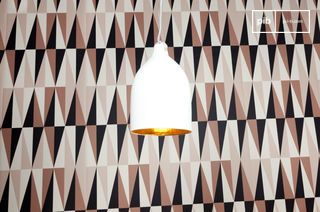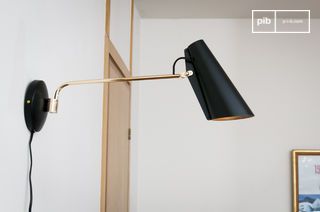Living room lighting
Living room lighting plays a central role in the design of a living space. Whether suspended, floor-standing or wall-mounted, they influence the perception of volume, orientate the living areas and determine the overall ambience. By choosing the right living room luminaire, you can combine functional and mood lighting, taking into account materials, ceiling heights and furniture layout. This category brings together models designed to accompany daily use in a multifunctional room.
read more >Filters
10 festive days
10% off our tables and consoles
Welcome your guests in style · Limited stock
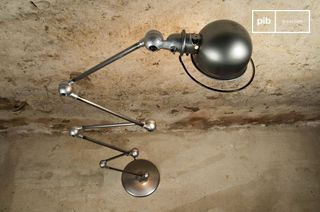
Jieldé lampLoft
£1195

Choosing a lighting fixture for your living room
In the living room, lighting fixtures must meet a variety of needs: illuminating a reading area, highlighting a painting, accompanying conversation around a coffee table or simply creating a subdued atmosphere in the evening. A central ceiling fixture provides diffused light for the whole room, while a reading light or accent lamp targets a specific use. The choice of a living room luminaire therefore depends on the activities carried out in the space and their frequency, but also on architectural constraints such as ceiling height, the layout of openings or the presence of dark areas. Good light distribution avoids overly sharp contrasts, which are often uncomfortable in a relaxation or reception area.
Materials, shapes and visual effects
The material of a luminaire directly influences the quality of the light emitted and the way it interacts with surrounding surfaces. Opaline glass diffuses a soft, homogeneous light, while a metallic shade focuses the light on a precise point, creating marked dombre effects. Wood, ceramic and fabric filter light differently, depending on their density and finish. Some materials also contribute to the thermal or acoustic management of space. Shapes, meanwhile, are as much a matter of aesthetics as function: a directional spotlight provides adaptable, directional lighting, while a circular pendant spreads light more evenly. Each choice of shape and material must be aligned with the overall layout of the living room, to avoid visual breaks or overload effects.
Articulating light sources to structure space
A well-lit living room rarely relies on a single point of light. The combination of several ceiling lights, wall lights, floor lamps and indirect lights allows light to be adjusted to suit different times of day and uses. This principle of light stratification helps to delimit zones in an open space, without the need for physical partitions. It is particularly useful in multi-purpose lounges, where meals, work sessions and moments of relaxation are all catered for. This combination also makes it possible to modulate light intensity using dimmers, depending on available natural light or the desired ambience. Luminaires should therefore be positioned in close relation to furniture, avoiding cast shadows on passageways and direct reflections in screens.
Adapting to spatial and technical constraints
Some lounges have specific features that influence the choice of luminaires: low ceiling height, lack of electrical outlets, dominant glass areas or the presence of a cathedral ceiling. In these cases, the type of fixture, luminaire format and lighting technology must be adapted. A low suspension fixture may be appropriate in a low-traffic area, but may be awkward above a sofa if height is limited. A wall light can compensate for the absence of a central source. On the technical side, the choice between integrated LED, replaceable bulb or connected lighting depends on the frequency of use, expected maintenance and user habits. Integrating these constraints right from the planning phase avoids later adjustments that are often unsatisfactory both visually and functionally.
Living room luminaires are not limited to their lighting function. Through their materials, lines and anchoring points, they play a full part in the reading of space. A good layout requires coordination between light, volume and function. The luminaire thus becomes a discreet yet structuring tool in the living room layout. They support uses without imposing visually, and contribute to creating an environment that is both legible, comfortable and coherent.

